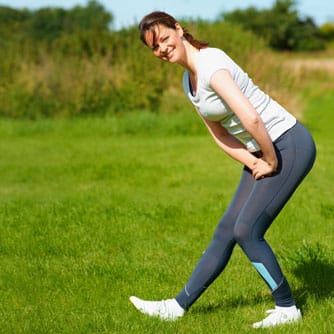Peripheral arterial disease (PAD) is a disease in which plaque, made up of fat, cholesterol, calcium, fibrous tissue, and other substances in the blood, builds up in the arteries that carry blood to your head, organs, and limbs. PAD most often affects the arteries in the legs, and the condition increases a person’s risk of coronary heart disease (CHD; also called coronary artery disease), heart attack, and stroke. John P. Cooke, fro, Stanford University Medical Center (California, USA), and colleagues reviewed lifetime recreational activity in subjects enrolled in the Genetic Determinants of Peripheral Arterial Disease study. Among 1,381 patients who came in for elective coronary angiography at two centers in the study, 30% reported being entirely sedentary with no lifetime recreational activity. Inactive individuals were nearly twice as likely overall to have peripheral arterial disease as participants who reported the most active lives (25.6% versus 13.7%). Prevalence of peripheral arterial disease was intermediate in the three intermediate quartiles of activity, with little difference among them at 15.8% to 17%. After adjustment for other risk factors, lifetime recreational activity significantly predicted prevalence of peripheral arterial disease overall (13.7% versus 25.6% no activity), and a better ankle-brachial index (1.02 versus 0.94). Observing that: “Recalled [lifetime recreational activity] is positively correlated to [ankle-brachial index] and associated with [peripheral arterial disease],” the researchers submit that: “[Lifetime recreational activity] may be a useful clinical screening tool for [peripheral arterial disease] risk,” urging that “strategies to increase adult recreational activity may reduce the burden of PAD later in life.”
Lifetime of Light Exercise Promotes Circulatory Health
Andrew M. Wilson, Amir H. Sadrzadeh-Rafie, Jonathan Myers, Themistocles Assimes, et al. “Low lifetime recreational activity is a risk factor for peripheral arterial disease.” Journal of Vascular Surgery Vol. 54, Issue 2, Pages 427-432.e4, August 2011.




